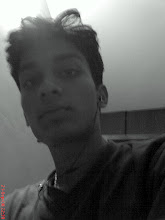Intel headed MeeGo mobile operating system recently reached v1.2. MeeGo was initially had started off as a merger between Nokia's Maemo and Intel's Moblin. It was designed to run in Intel and ARM architectures and was targeted to various devices; from mobile phones to in-vehicle entertainment. Its a Linux - based operating system and thus that makes it an open source project.
In February, Nokia choose to make Windows Phone as default operating system for its smart phone and backed off from this project. Not many had hoped MeeGo would survive since Nokia was a important part of the project. But Intel was firm to continue development and had its own plans.









